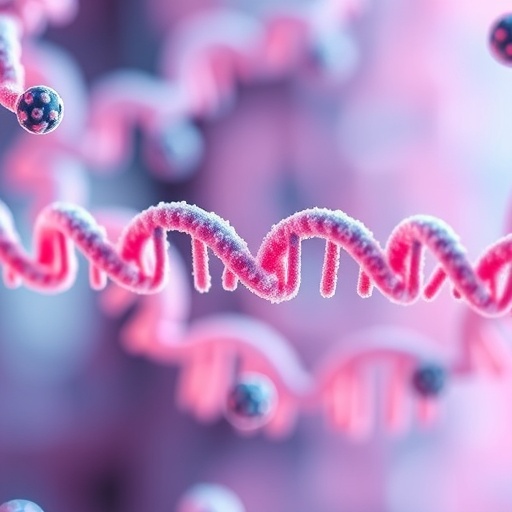CINCINNATI – Cincinnati Children's researchers report in Nature Immunology a new mechanism that controls blood cell function and several possible molecular targets for treating myelodysplasia syndromes (MDS) – a group of pre-malignant disorders in which bone marrow does not produce enough healthy blood cells.
MDS can lead to acute myeloid leukemia (AML), a fast-spreading blood cancer that can be deadly if not treated promptly. A research team led by cancer biologist Daniel Starczynowski, PhD, found that overexpression of a protein called TRAF6 in hematopoietic (blood) cells drives the onset of MDS. TRAF6 normally functions as an immune sensor of pathogens, according to the authors, who published their data online Dec. 26.
"We found that TRAF6 overexpression in mouse hematopoietic stem cells results in impaired blood cell formation and bone marrow failure," said Starczynowski, a member of the Division of Experimental Hematology and Cancer Biology at Cincinnati Children's Hospital Medical Center. "Based on our paper, a number of therapeutic approaches can be tested and directed against TRAF6 and other related proteins responsible for MDS."
In testing on laboratory mouse models and human MDS/AML samples, the researchers identified a novel substrate of TRAF6 called hnRNPA1, an RNA binding protein. They also found molecular interactions with Cdc42, a protein that helps regulate cells also implicated in cancer. All of these could be potential treatment targets for cases of MDS triggered by overexpression of TRAF6, according to Starczynowski, who said future studies will test their therapeutic potential in mouse models of MDS.
The researchers were able to identify the new molecular targets by conducting a global proteomic analysis of human leukemia cells. This allowed them to the see entire complement of proteins regulated by TRAF6 in leukemia cells.
Beyond the potential for new therapeutic approaches in treating MDS or AML, the paper revealed a new and critical immune-related function for TRAF6, according to the authors. In response to various pathogens, the protein also regulates RNA isoform expression, an important step in the translation of genetic code into protein and cell formation. In the context of the current study, TRAF6's regulation of RNA isoform expression is important to the function of hematopoietic cells and reveals another dimension to how cells respond to infection, Starczynkowski said.
###
Funding support for the study came in part from work Cincinnati Children's Hospital Research Foundation, the American Society of Hematology, the National Institute of Health (RO1HL111103, RO1DK102759, RO1HL114582), Gabrielle's Angel Foundation for Cancer Research, Edward P. Evans Foundation, and Leukemia Lymphoma Society.
Media Contact
Nick Miller
[email protected]
513-803-6035
@CincyChildrens
http://www.cincinnatichildrens.org
############
Story Source: Materials provided by Scienmag




